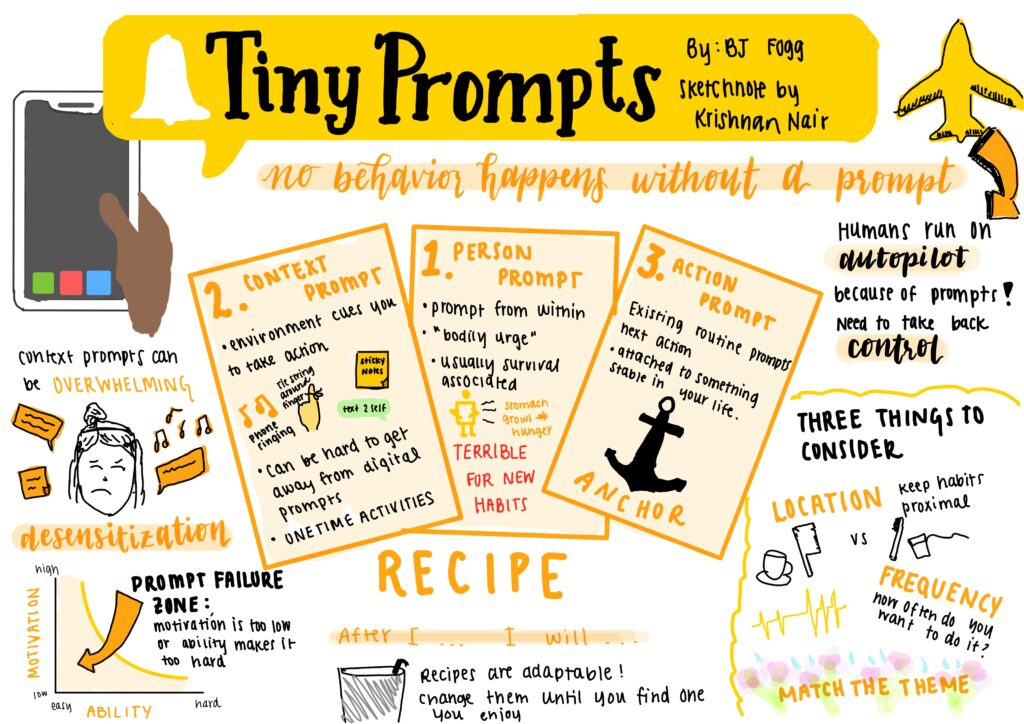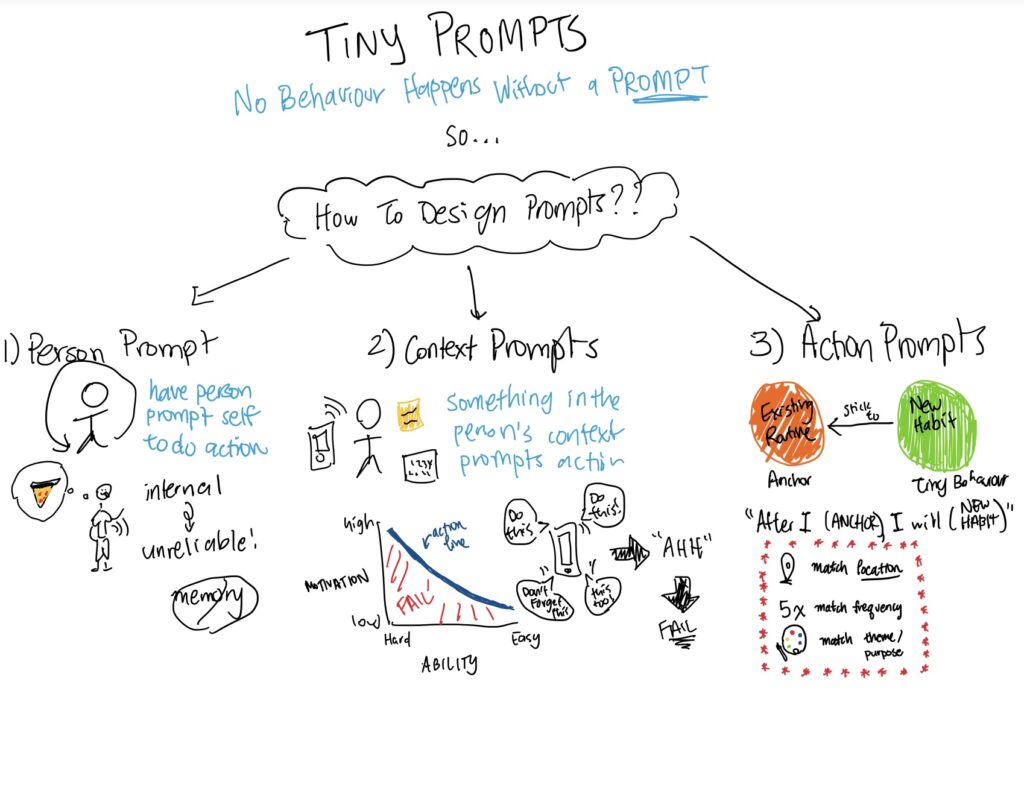When Isolde and Emanuel lead their respective business units, their differing markets shape how they make money. Siiquent focused on hospitals/diagnostic labs held back by regulations and reimbursement limits, focusing on the “razor-and-blades model.” Teomik, on the other hand, focused on esteemed research institutions; here, budgets were more generous, and scientists cared about prestige, so they were willing to pay high prices for advanced equipment. Most profits came from selling high-margin machines rather than low-margin consumables.
Despite the clear difference, both shared a common value: responding to customer needs. Isolde’s “pay-per-test innovation” came from hospitals complaining about waste, while Emanuel constantly tweaked pricing in response to evolving research demands. This flexibility created loyalty and differentiated the two brands; however, they risked a strategic split.
The Pros and Cons of Structure
Peter Noll faced a familiar situation: whether to enforce a unified revenue model or preserve the flexibility that fostered previous successes. A single model provides clarity to the strategy: streamlined sales, focused metrics, and a clear goal. It’s easier for the company to scale. But it can hamper progress in fluid markets. As Emanuel and Isolde said, “imposing a rigid structure” might hurt their ability when customer needs change.
However, letting the firm “continue on its flexible way” keeps the creativity but risks confusion and inefficiencies. Siiquent’s pay-per-test model improved retention but introduced moral hazard and waste; Teomik’s constant improvising made accountability less tangible and real. Too much structure will constrain the company’s learning, but too little will undermine coherence. Balancing these sides is crucial.
Designing a Fair Combination
If I were the PM mediating this merger, I would approach this through the lens of this not being a zero-sum debate. My goal would not be to decide the model, but to design the process by which the model comes about.
- Establish shared understanding: Map out each division’s customer process (i.e., where value is created, captured, and lost). Seeing the overlap between Siiquent’s and Teomik’s markets can clarify gaps and overlaps.
- Identify non-negotiables: Figure out what cannot be compromised from each revenue stream (i.e., Siiquent’s focus on compliance and Teomik’s focus on scientific excellence). Then, we can focus on creating principles.
- Prototype hybrid solutions: Create a controlled experiment, like piloting subscription-based pricing that includes both equipment and consumables. This sticks to flexibility while testing structure.
- Create feedback loops: We would need customer data and reviews to figure out how each revenue model affects statistics like retention, margins, and user morale.
By designing the revenue model through an iterative process, the merger of the models could be framed as a natural integration and not an unfortunate compromise: a structure flexible enough to change but clear enough to champion.
Recommendation
A great strategy isn’t about choosing between a binary of options; it’s about creating a system where both can coexist. That balance, not the model itself, is the real edge a business can have.



